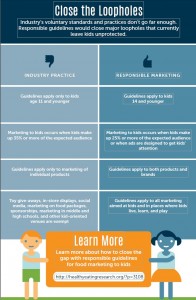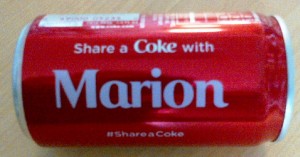Weekend reading: Vanessa Domine’s Healthy Teens, Healthy Schools
Vanessa Domine. Healthy Teens, Healthy Schools: How Media Literacy Can Renew Education in the United States. Rowman & Littlefield, 2015.
Here’s my blurb:
If you are not concerned about the effects of exposure to electronic media on the health of teenagers, you should be. This book presents a well-researched, highly compelling case for the urgent need for media literacy education to be incorporated into school wellness programs as soon as possible.
For information about how online marketing affects kids’ food choices, take a look at the work of the Berkeley Media Studies Group, particularly in media advocacy training.
Center for Science in the Public Interest (CSPI) also has resources about online marketing to kids (scroll down for a list).

 These are undoubtedly too small for you to read and, in any case, are written so tentatively—they do not use the word “should”—that they require translation. Here’s mine:
These are undoubtedly too small for you to read and, in any case, are written so tentatively—they do not use the word “should”—that they require translation. Here’s mine:


